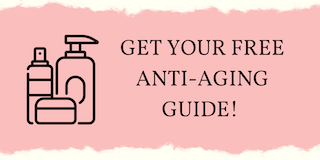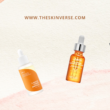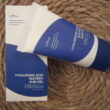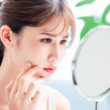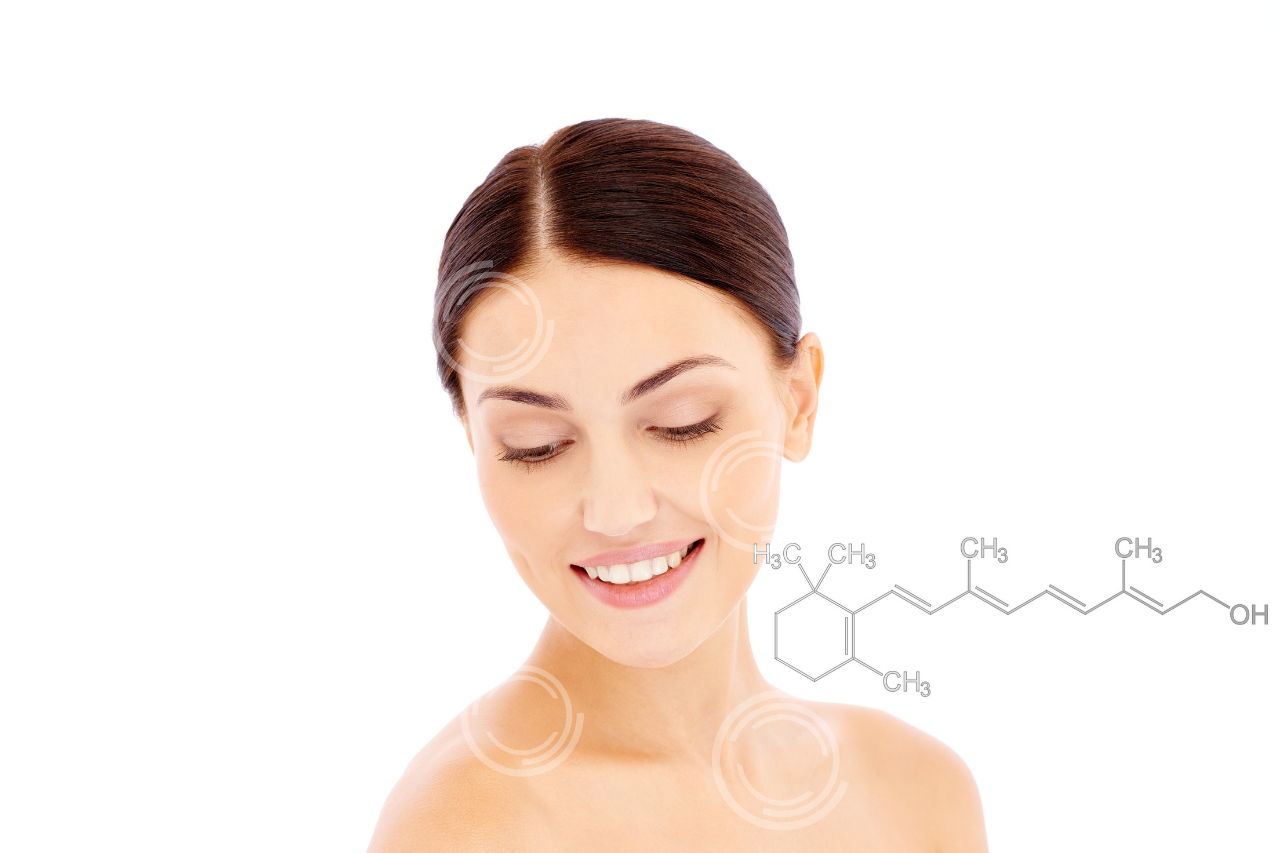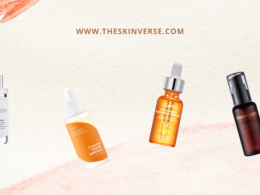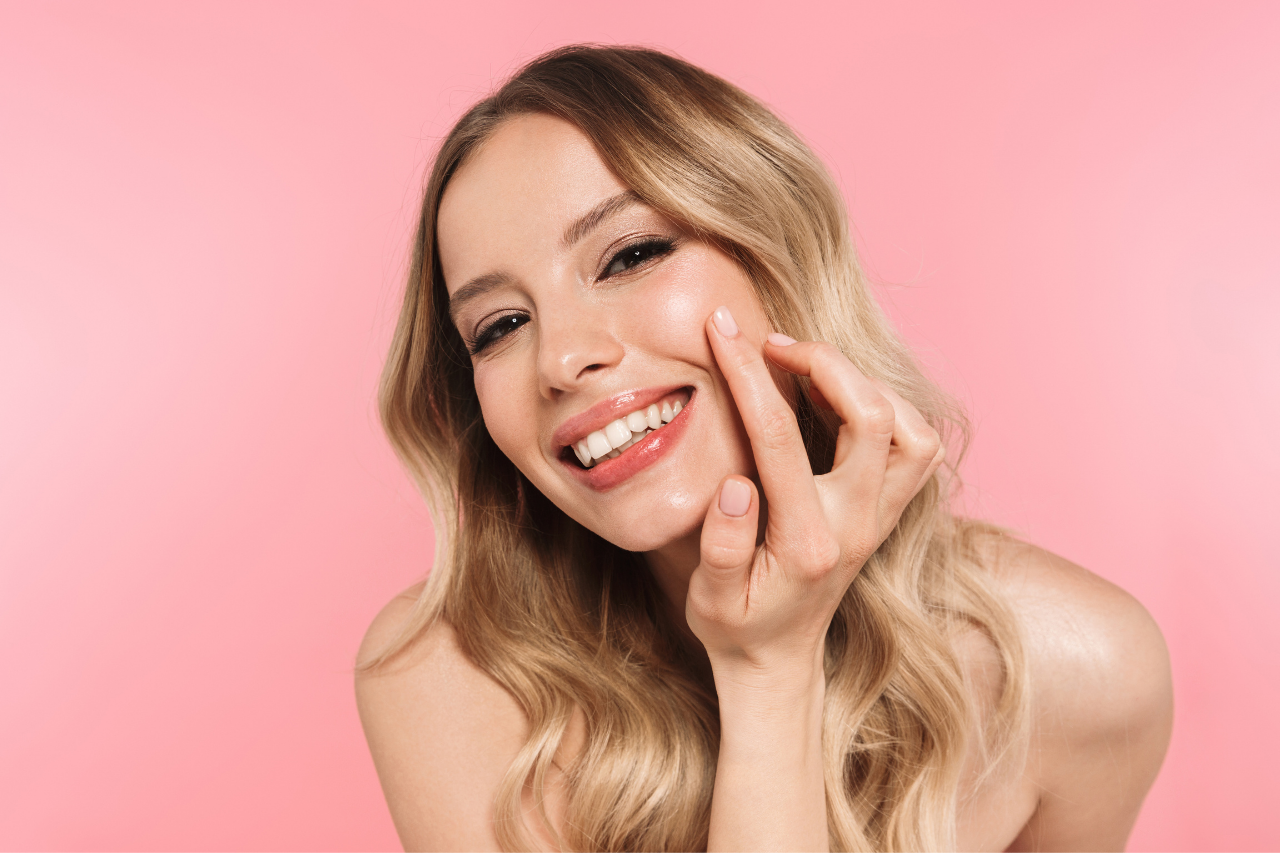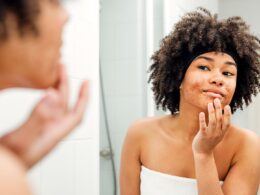Retinol has been touted as a miracle name in skincare for decades now. Numerous skincare brands have included retinol in their anti-aging products. There is a solid reason why the beauty industry talks about the benefits of retinol on skin we are here to tell you all about it.
What is Retinol?
Retinol can come across as a buzzword for some of us, but it has been around for quite a while. Basically, retinol is one of the forms of fat-soluble vitamin A. By the way, it is the first vitamin ever to be discovered.
Back in 1913, scientists realized that without this substance, the development and normal functioning of the body is impossible. It performs over thirty functions! Experts commonly refer to it as a hormone-like vitamin: it acts directly on the receptor apparatus of cells, just like hormones.
How does retinol work?
Interestingly enough, the cells are not directly affected by retinol itself. First, it goes into an active form called retinoic acid, which is what affects the skin. But retinol itself is very unstable. As soon as it gets into the air, it instantly oxidizes and loses all its properties.
That is exactly why it creates some problems for skincare manufacturers, as they pull some tricks to preserve the fundamental functionality of retinol, by using its different forms. One of the most effective ones is retinyl palmitate.
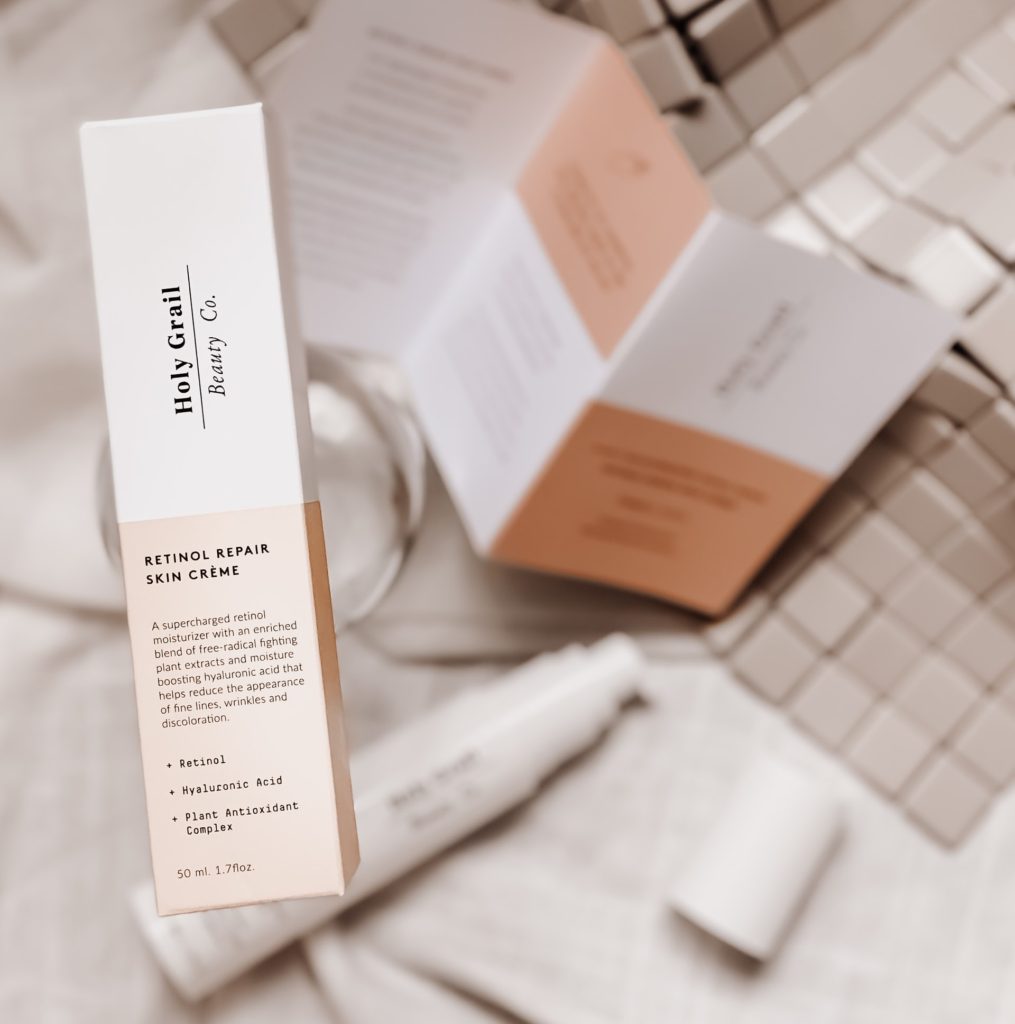
Generally, retinol:
- smoothes wrinkles and creases (even deep ones);
- is a powerful antioxidant that protects skin against negative environmental factors;
- improves blood circulation;
- brightens age spots;
- stimulates active production of collagen and elastin on the skin
- moisturizes skin and retains moisture
- improves skin elasticity
Greatest benefits of retinol on skin:
#1. Retinol fights against acne
One of the common ways that retinol works is as an exfoliant on the skin. It helps to remove all the dirt, oil, dead skin cells and eventually clears the pores out. So, it prevents further acne outbreaks on the skin.
Although retinol on skin can have side effects such as irritation at first, simply listen to your skin and do what’s best for your skin. You can consult with your doctor as to how often you should use it, but retinol isn’t meant to be used daily, so bear that in mind.
#2. Retinol is great for anti-aging routine
Normally, your cells turn over every 28 days, meaning it creates a new layer every 28 days. It is known as cell regeneration. As a general rule, as your age starts to progress after your 30’s this process slows down. This in turn leads to a drier, more dull, and wrinkled texture of the skin. I know, pretty depressing.
But there is a silver lining – when retinol starts acting on your skin, it basically restarts the process and speeds up the turnover so you can get your younger-looking fresh skin. This is why retinol is effective for reducing wrinkles and fine lines. This study showed that after 12 weeks of retinol application, there was a significant reduction in the appearance of wrinkles.
#3. Retinol stiumulates collagen production and skin elasticity
One of the benefits of retinol on skin is linked to the fact that it is a true multitasker. Retinol actively participates in skin cell turnover process and boosts collagen production which is directly related to the elasticity of the skin.
By stimulating collagen synthesis, retinol prevents photoaging and that’s why it is a popular vitamin in anti-aging products.
#4. Retinol evens out the skin tone
Remember the skin cell turnover we talked about? It turns out that evening out the skin tone is related to that. When you use retinol on hyperpigmented skin, it removes the pigmented cells and replaces them with normally pigmented cells.
If your skin experiences redness, blotchiness, or hyperpigmentation, it is essential that you incorporate retinol into your skincare routine. Use retinol only at nighttime as retinoids tend to break in sunlight.
#5. Retinol helps fade age spots
Again, one of the anti-aging benefits of retinol on skin. The appearance of dark spots is the result of sun damage that releases pigment into deeper layers of the skin.
Retinol here works as an exfoliant that sheds these cells, making the way to new skin cells. That’s why retinol is a go-to ingredient for dermatologists to cure skin conditions like melasma, eczema, sun spots, and acne spots.
Are retinoid and retinol the same?
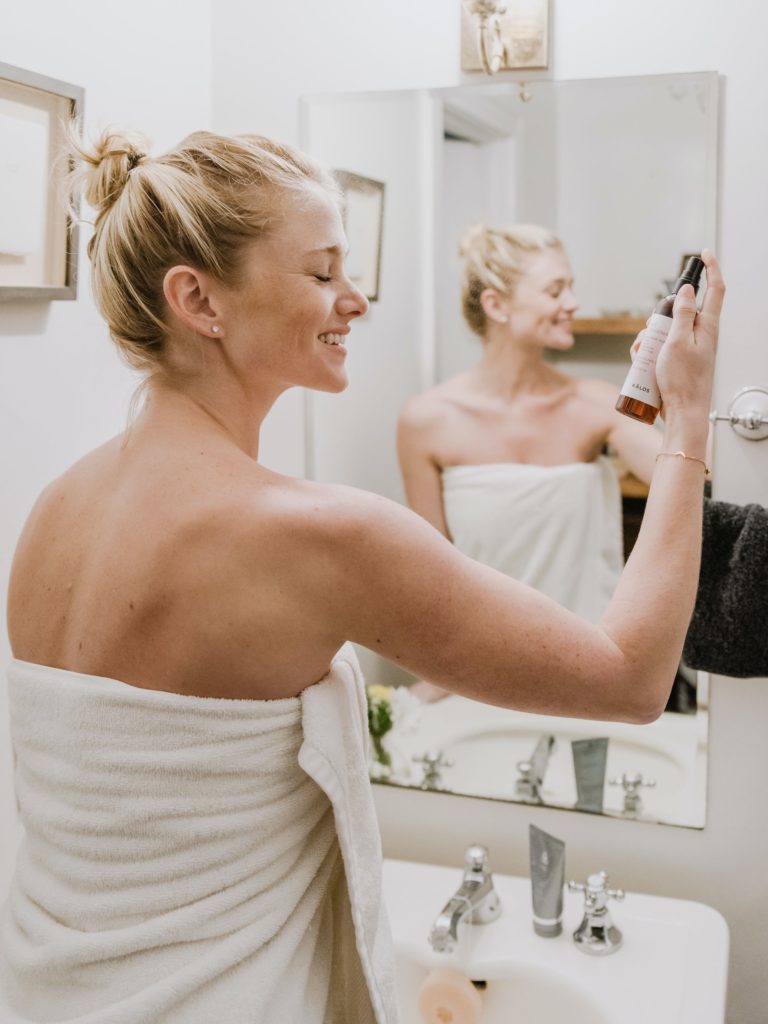
Technically, retinol is a type of retinoid and they are chemically very similar. There are other types of retinoids known as Adapalene (Differin), tretinoin, isotretinoin, and so on. One way to characterize retinol is to refer to it as a medium-efficiency type of retinoid.
What are the side effects of using retinol on skin?
The main downside to consider is that retinol can be drying and irritating, particularly if you have sensitive skin. Some people complain about the tingling sensation of retinol when they applied it to their skin for the first time. With that said, with the right routine, you can train your skin to tolerate retinol.
It also increases sun sensitivity of the skin, so it is imperative to use your SPF cream when using retinol. I would recommend consulting with your doctor or dermatologist before starting any “retinol ritual” if you will. Also, some retinoids are not recommended if you are pregnant or breastfeeding.
If you have sensitive skin and would like to start your retinol journey, read our blog post on encapsulated retinol. I am sure it will help you out 🙂
Can you use retinol around eyes?
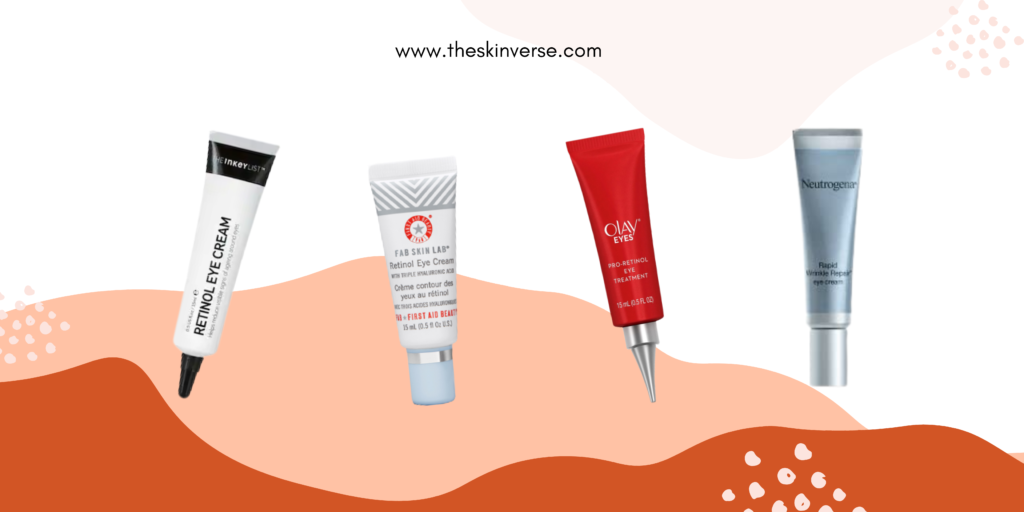
Typically the area around your eyes will show early signs of aging. The appearance of wrinkles, dark circles for example will show up first. You might think that since this is the area with the thinnest skin, it can be risky to apply retinol there. However, that’s not the case.
Retinol can have the same anti-aging effect for the undereye area, just like retinol on skin in your face. With that said, the product should be gentle on your skin around the eyes. If you feel it is too dry after applying retinol, finish it off with a moisturizer on top.
Just like with regular application of retinol on skin, start with lower concentrated products for under eyes. Also, don’t forget to do a patch test on your arm just to prevent any possible reactions.
For example, start with The INKEY List Retinol Eye Cream which has been formulated with slow release, which means it would help you avoid any possible irritation. It also has stabilized 3% Vitalease™ (Retinol) which is equal to 0.09% Retinol. Great place to start.
What is the best age to start a retinol routine?
Sure, there are a bunch of benefits of retinol on skin, however, should you hurry to reap these benefits? It is best to start using retinol in your mid-20s and early 30s.
This is the time when you will start noticing some early signs of aging like fine lines, pigmentation, or dry patches. It is important that you integrate retinol into your regimen slowly and gently. Always start with low percentage formulas and work your way up till you build tolerance.
As a general rule, you should apply retinol after cleansing, toning, and before putting on your nighttime cream or moisturizer. Once you put retinol on skin, it will do its work at night, just give it some time.
You shouldn’t mix retinol with these ingredients:
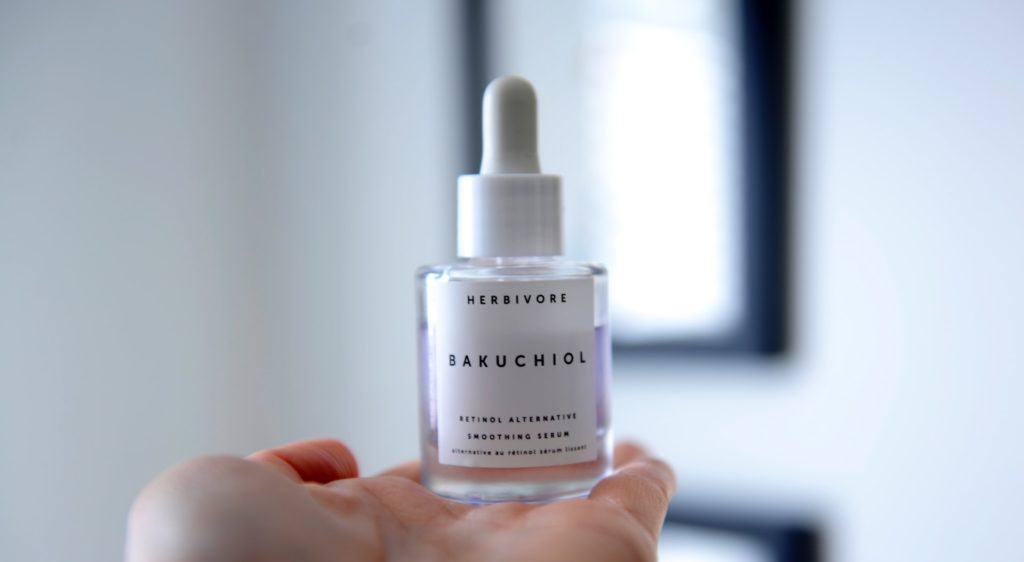
The effect of retinol on skin is indeed a great thing, however, mixing retinol can be tricky. It can be a foe to some ingredients out there.
- AHAs (Alpha Hydroxy Acids): They are potent exfoliants, you should NEVER use them with retinol, as they will irritate the skin and can even lead to eczema.
- Salicylic acid: For example, when combined with alpha-hydroxy acids (AHA) or salicylic acid (which is a BHA) , it will cause severe redness and flakiness of the skin.
- Benzoyl peroxide: (which might be found in anti-acne drugs) It deactivates retinol, and the cream simply won’t do its work. So, it is crucial to look into the composition of the product.
To minimize the negative effects of vitamin A, look for formulas with natural oils; green tea extract, vitamin C, ceramides, peptides, and hyaluronic acid. If your skin is still dry after two weeks of use, add moisturizing serums and masks to your usual routine.
A great combination for retinol could be Niacinamide, aka vitamin B3. Since niacinamide has soothing qualities, it can actually minimize retinol’s adverse effects.
Check this post to get more idea: Can You Mix Niacinamide and Retinol for Better Skin?
Mixing retinol with Vitamin C can be a bit tricky. Remember to separate the use of vitamin C and retinol. Vitamin C works best in the daytime, so keep them separately by using retinol overnight.
Your guide to mixing ingredients: The List of Top 8 Skincare Ingredients Not To Mix
When can you expect results after using retinol on skin?
Using Retinol on skin can do wonders, yes. However, it is by no means a quick fix to skin concerns.
It will take OTC (Over The Counter) retinols from 3 months to 6 months to show some results. You can notice some improvements after 12 weeks or so if you are using it for acne treatment.
The bottom line
The moral of the story is that if you use retinol properly and under guidance, it can for sure work miracles. I personally am a big fan of retinol-infused under-eye creams which reduce wrinkles and add brightness to the skin. They definitely make it to my “must-have” eye creams list.
Retinol definitely has a place in your anti-aging or acne treatment routine, and rightfully so. It is just important to build up a routine slowly. That way, you can make sure you reap the benefits of retinol on skin most effectively.

